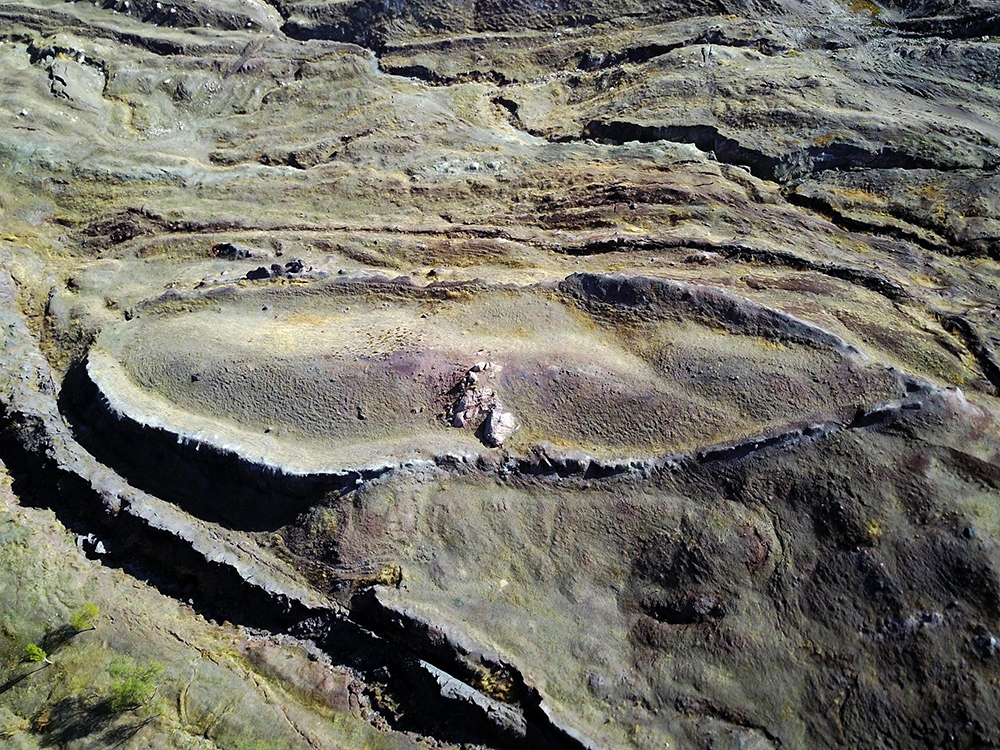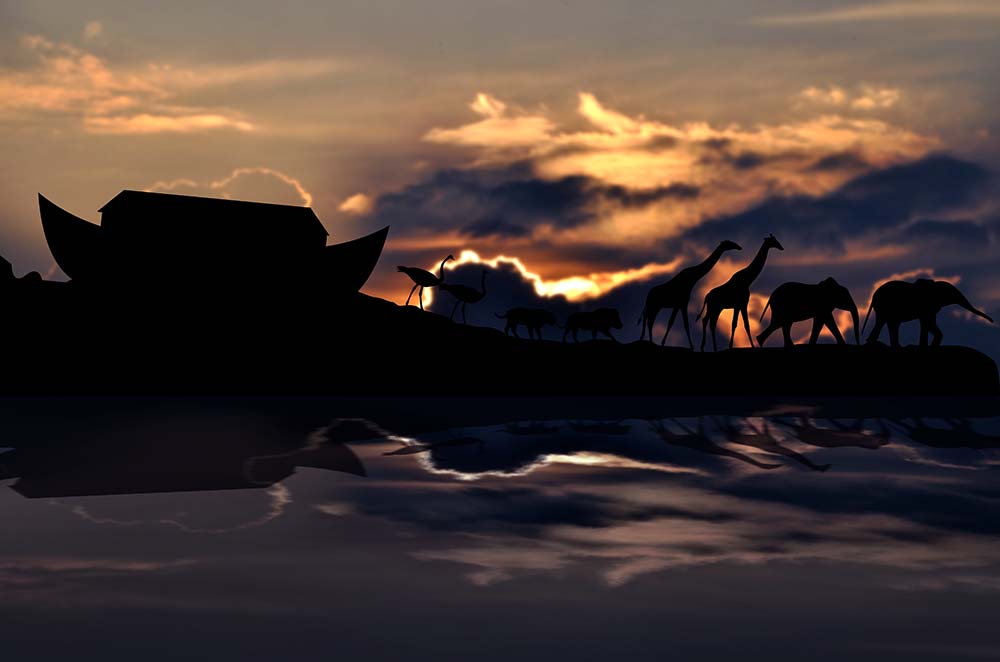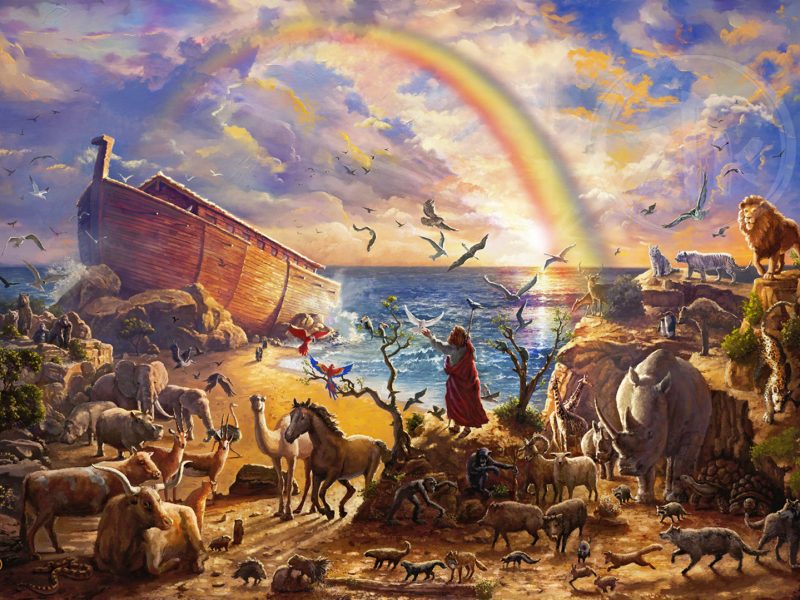Noah’s Ark is a legendary ship. In the Torah, it is said that Noah’s Ark was related to events that happened after the biblical flood. God created the flood to wipe out humans, animals, and all living things he had created. Human behavior had changed: men were committing acts of evil against one another and God was disappointed. God was, though, merciful as well, so he gave man (and indeed animals) a sort of last chance. He instructed Noah to build a ship and on it to place all kinds of animals as well as his own family. This ship was the symbol of God’s willingness to offer one final opportunity, one last shot at survival. The ark acted as a means of salvation and a sanctuary for life itself.
Turkey is actually the proud host to this ship or ark, the story of which provides one of the most surprising and interesting legends of human history. Contributing to the tourism of our country and to its rich history, this legendary ark is located on Mount Ağrı (or Ararat), in southeastern Anatolia, Mount Cudi. One of the most interesting points about it is that it was built with wooden nails and it resembles a large raft rather than a wooden ship. Many rooms are contained within and those designed for humans differ greatly from those that were made for the animals. Still others remain an enigma, unexplored and unreached even until today.
There are several verses about the ark in the Koran. It is stated there that the ark was indeed bound with wooden nails and that it would be protected by nature for future generations. When the ark was discovered on Mount Ağrı subsequent inspections found that surprisingly, the wooden materials had managed to survive over the years. Pieces of hay in the ark had also been protected and were equally well preserved. Sea fossils discovered around Mount Ağrı before the ark was found suggested that there could have been an ocean in this area during ancient times.

Sea fossils discovered around Mount Ağrı before the ark was found suggested that there could have been an ocean in this area during ancient times.
It had been assumed that this nautical sovereignty disappeared as a result of volcanic movements and major earthquakes, but research, in parallel with verses in the Koran, was carried out and found ark remnants were subsequently thought to belong to Noah’s Ark. The area is being developed presently to make it a suitable place for those who want to visit or do research around the mountain for religious or touristic reasons.
So, according to legend, God offered Noah the chance to build an ark before he imposed the biblical flood to the earth; Noah took the opportunity to do just that. In terms of design and size, Noah designed the ark to be 300 archine in length (where one archine equaled approximately 77 centimeters), 30 archine in height and 50 archine wide. It was three stories high, featuring its own lighting inside, a tar-covered floor, and a side-opening door.
Noah built the ark with these features. When all preparations were made, Noah loaded his family and all the animals; and himself; aboard. The family also took with them all the food and other materials they would need.

Noah’s ark and animals
Seven days later, the rains began in earnest and the deluge would last a full forty days and nights. The surface of the whole earth became saturated and all those who had not gotten aboard the ark died. After 150 days of epic flooding, caused by the forty days of rain, water levels finally started to diminish and the ark came to a halt on the peak of Mount Ağrı.
Noah was uncertain whether the flooding had really ended so he released a dove which flew from the ark. The family eagerly awaited its return but since it never did return, they were forced to reluctantly accept that water levels were still too high to survive; the bird had clearly been unable to take flight anywhere. They decided to wait, therefore, for one more week and at the end of that period, they sent out another bird. This time the dove returned, carrying an olive branch in its beak. Clearly then, water levels were back to normal and the time was right to disembark.
All humans and animals did just that, and a new chapter in the history of mankind was, thankfully, able to open.

